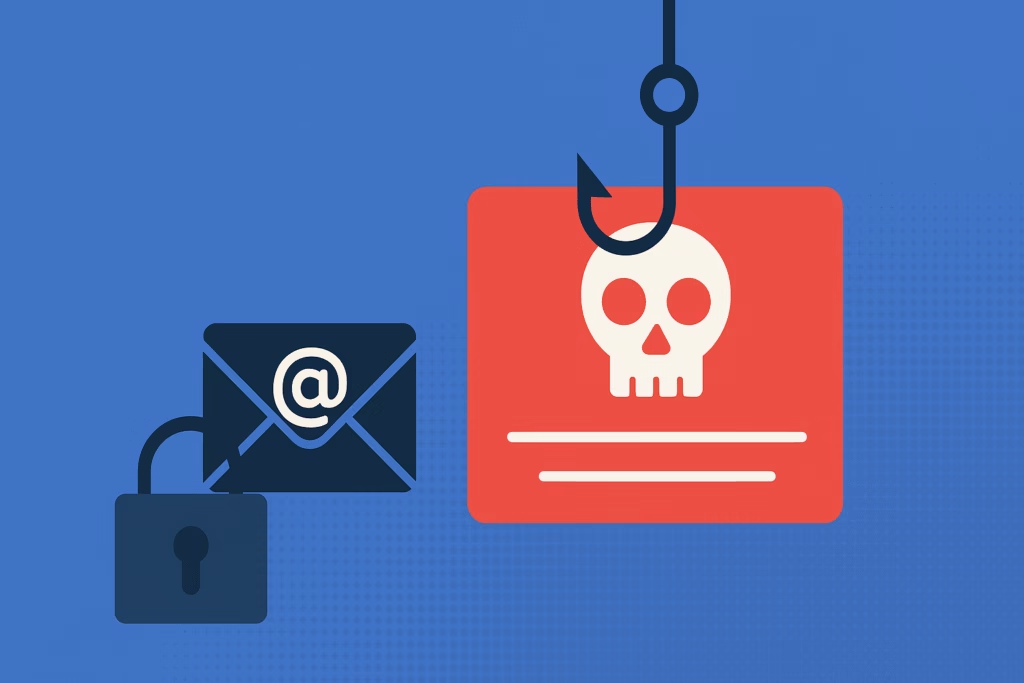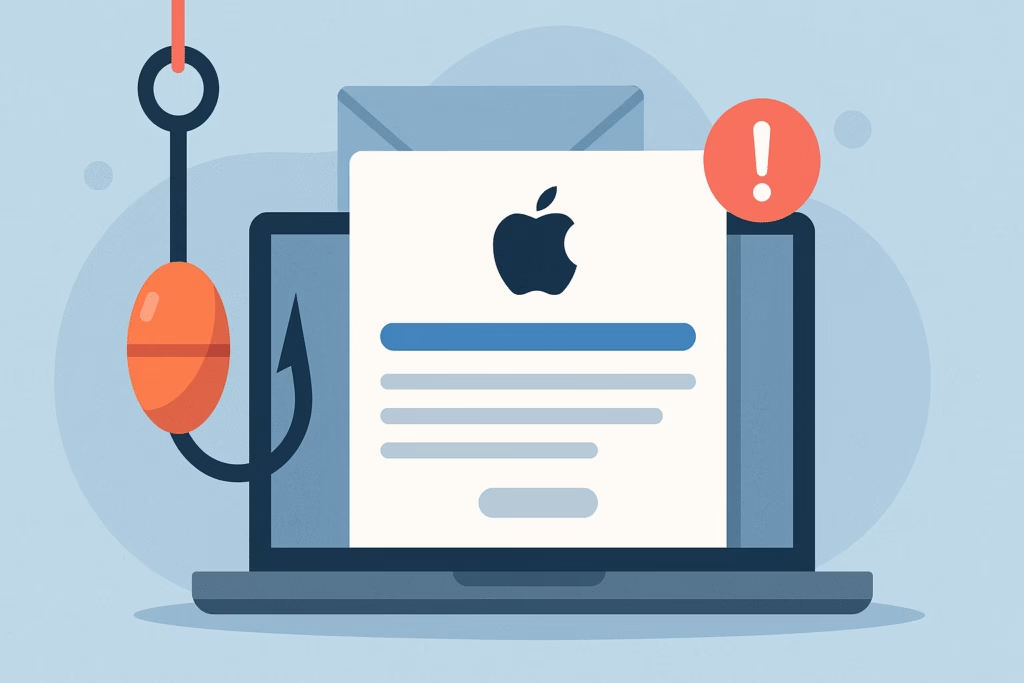
In today’s digital landscape, phishing attacks targeting Chase customers have surged, with cybercriminals crafting convincing emails to steal personal and financial data. According to the FBI’s Internet Crime Complaint Center (IC3), phishing complaints topped 300,000 in the last year, costing U.S. consumers over $2 billion. For Chase account holders, knowing how to identify, report, and prevent these scams can mean the difference between secure finances and a devastating breach. This guide covers the latest Chase banking security updates, details how to file a chase phishing report email, and provides actionable steps to safeguard your accounts—plus, discover how PhishDef’s advanced anti-phishing tools can bolster your defenses.
Understanding Chase Phishing Scams
Common Phishing Tactics
- Spoofed Sender Addresses: Attackers use domains like “secure-chase.com” to mimic official email addresses.
- Urgent Security Alerts: Messages claim your account will be locked unless you verify personal data immediately.
- Malicious Links and Attachments: Embedded links redirect to fake login portals, capturing credentials.
Real-World Impact
In recent months, numerous Chase customers reported unauthorized transfers after interacting with seemingly legitimate emails. A 2023 APWG report found that over 50% of all financial-sector phishing attacks targeted U.S. banks, with Chase ranking among the top three most impersonated brands.
How to Report a Chase Phishing Email
Prompt reporting helps Chase’s security team shut down phishing campaigns and protect other customers. Follow these steps for an effective chase bank report phishing email:
- Do not click any links or download attachments.
- Forward the suspicious message to phishing@chase.com. This is Chase’s dedicated inbox for phishing intelligence.
- Include the original email headers: in most clients, choose “Forward as Attachment” to preserve full metadata.
- Delete the fraudulent email from your inbox and trash folder.
- Optionally, call Chase Customer Service at 1-800-935-9935 to verify any account concerns or review recent transactions.
Why Immediate Reporting Matters
Each chase phishing email report gives Chase’s security team actionable data: sender IPs, phishing site URLs, and social engineering patterns. Faster takedowns reduce victim counts and limit criminals’ window of opportunity.
Preventing Chase Phishing Attacks
Technical Measures
- Enable Multi-Factor Authentication (MFA): Add one-time passcodes or push notifications for every login—MFA blocks over 90% of automated account takeover attempts (source).
- Install Security Software: Use reputable antivirus and anti-phishing extensions to scan and block malicious content.
- Use a Password Manager: Complex, unique passwords for every site prevent credential reuse attacks.
User Awareness Training
Human error remains a top attack vector. Train yourself and staff on red flags:
- Generic greetings (e.g., “Dear Customer” instead of your name).
- Unsolicited requests for passwords or Social Security numbers.
- Links that display one URL but redirect to another—hover before clicking.
Consider simulation tools such as PhishDef’s email testing platform to measure vulnerability and reinforce best practices.
Step-by-Step Guide: Verifying Legitimate Chase Emails
- Check the Sender Domain: Official Chase emails come from “@chase.com.” Beware of typos like “@chase-security.com.”
- Inspect the Greeting: Chase customizes emails with your name or part of your account number.
- Verify Links:
- Right-click and copy the link address.
- Confirm it begins with “https://my.chase.com/” before visiting.
- Look for Security Seals: Chase includes official badges and SSL indicators—though these can be faked, their absence is a red flag.
- Log In Independently: Rather than clicking a link, open a new browser window and navigate to chase.com directly.
Real-World Examples and Case Studies
Case Study: Small Business Account Takeover
A New York-based consulting firm lost $45,000 after a phishing email impersonating Chase’s fraud department requested “account verification.” The CFO clicked a spoofed link, entered credentials, and the attacker drained funds. Post-incident analysis revealed missing MFA and outdated staff training.
Prevention Applied: The firm implemented PhishDef’s continuous simulation exercises and layered MFA, reducing phishing susceptibility by 85% in three months.
Industry Statistic
According to the IC3, phishing remains the top cybercrime, representing 36% of all complaints in 2022. Financial institutions like Chase face an average of 10,000 unique phishing attempts daily, underscoring the need for robust defenses.
Key Takeaways
- Always verify suspicious emails by forwarding them to phishing@chase.com and calling Chase support if unsure.
- Enable MFA and use password managers to secure your accounts against credential theft.
- Invest in regular phishing awareness training—tools like PhishDef simulate real attacks and reinforce best practices.
- Monitor your account activity daily and report unauthorized transactions immediately.
Call to Action
Don’t wait for a breach to strengthen your defenses. Sign up for a free trial of PhishDef today to simulate phishing attacks, train your team, and protect your Chase accounts from evolving threats. Visit PhishDef now and stay one step ahead of cybercriminals.


